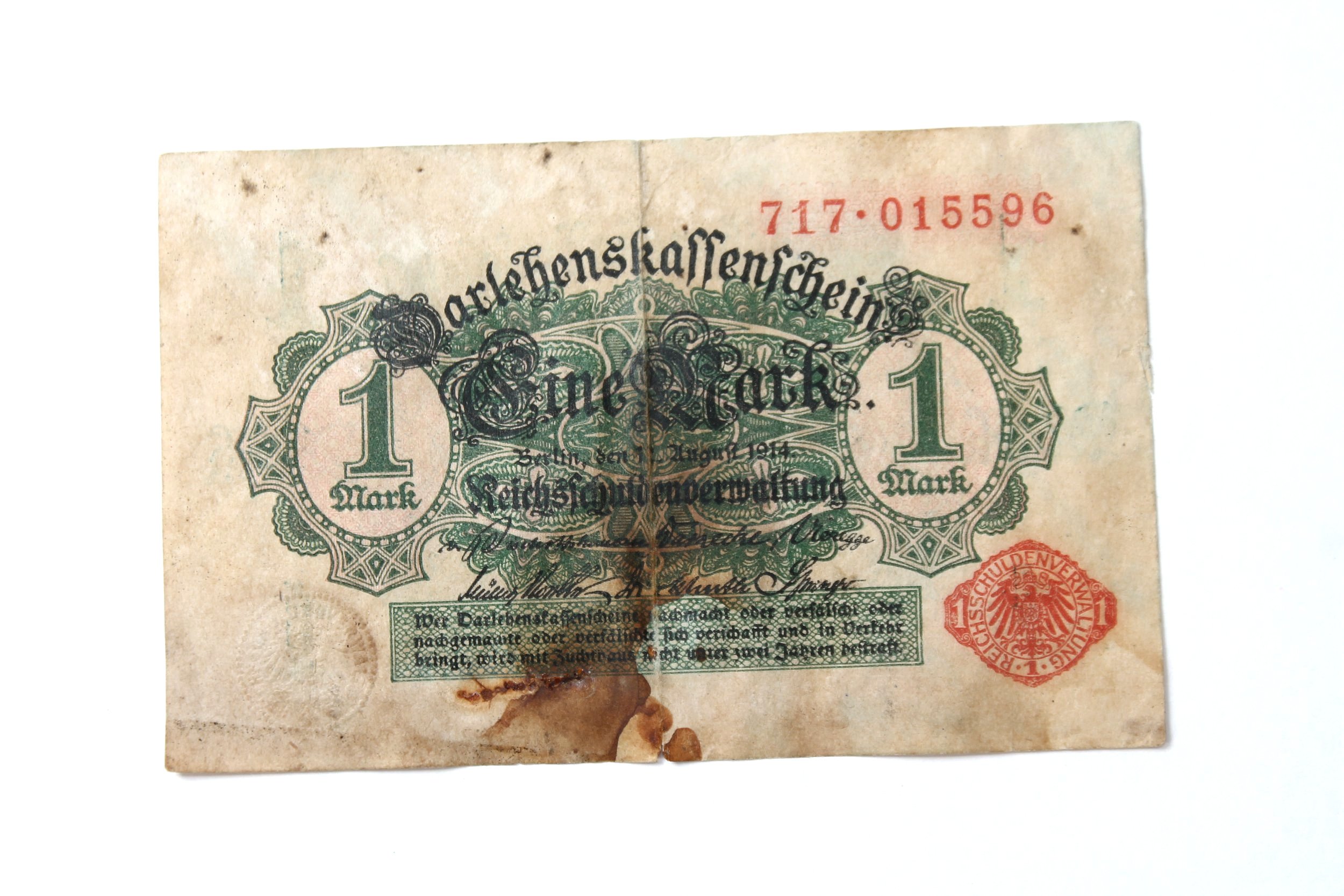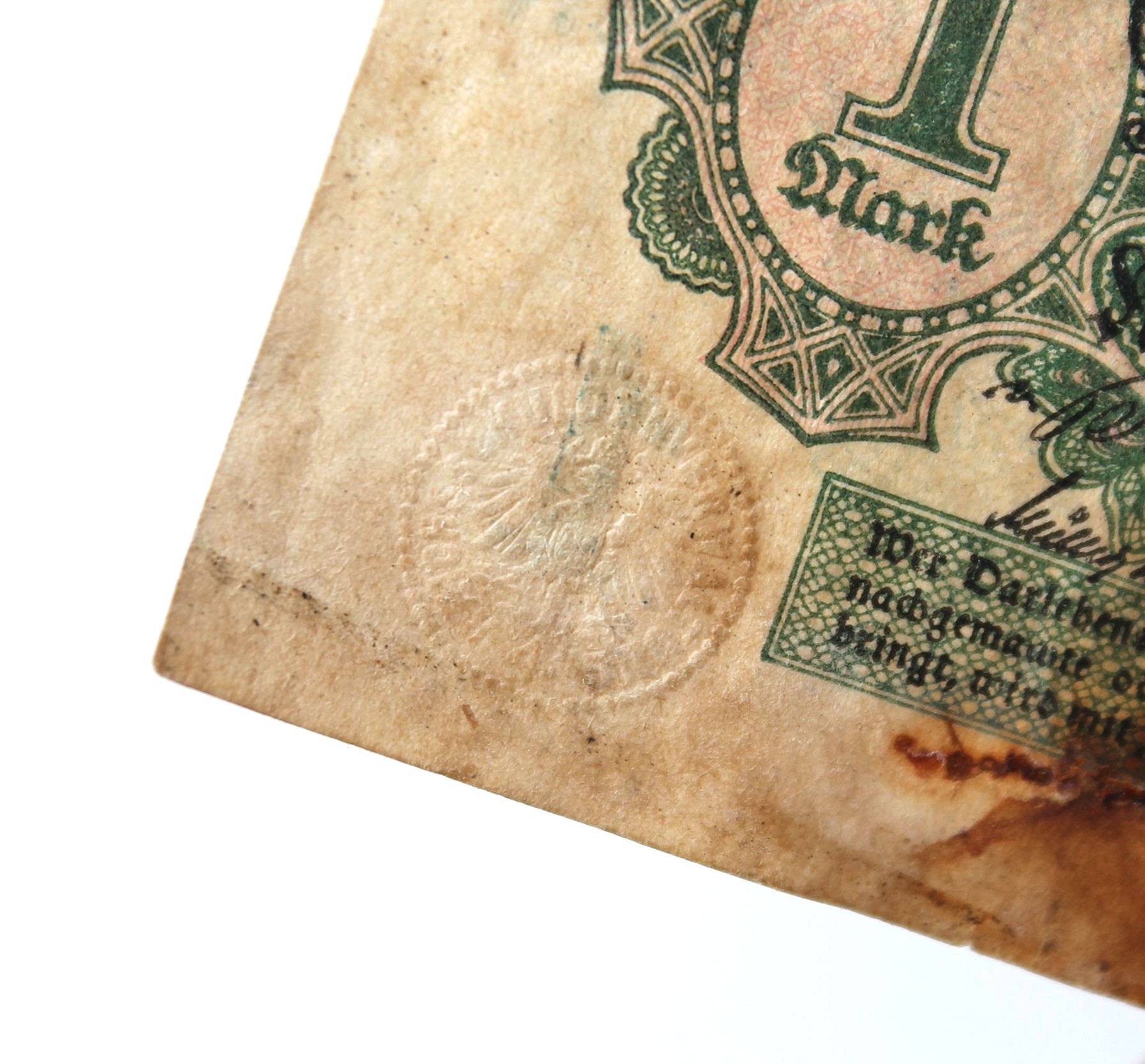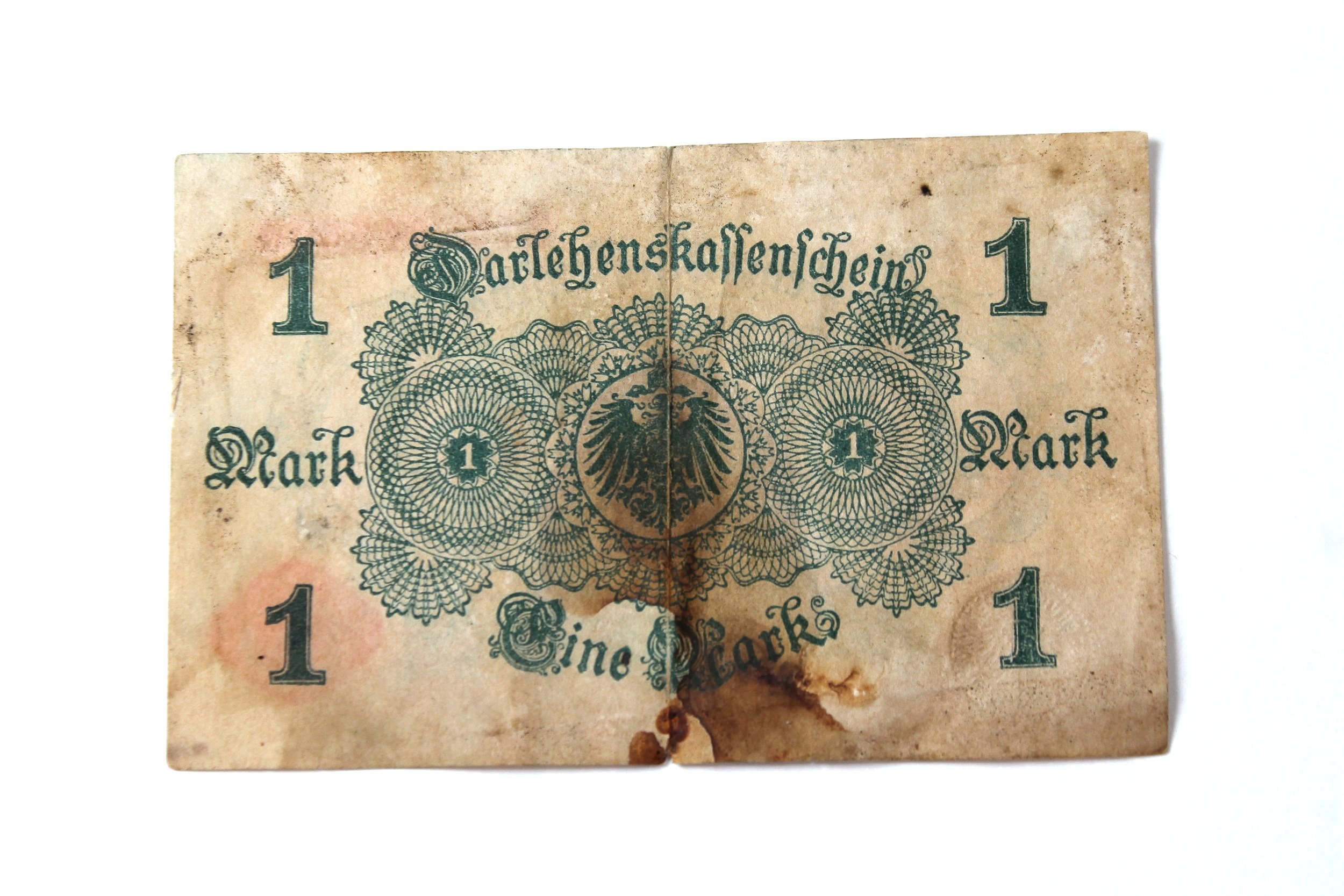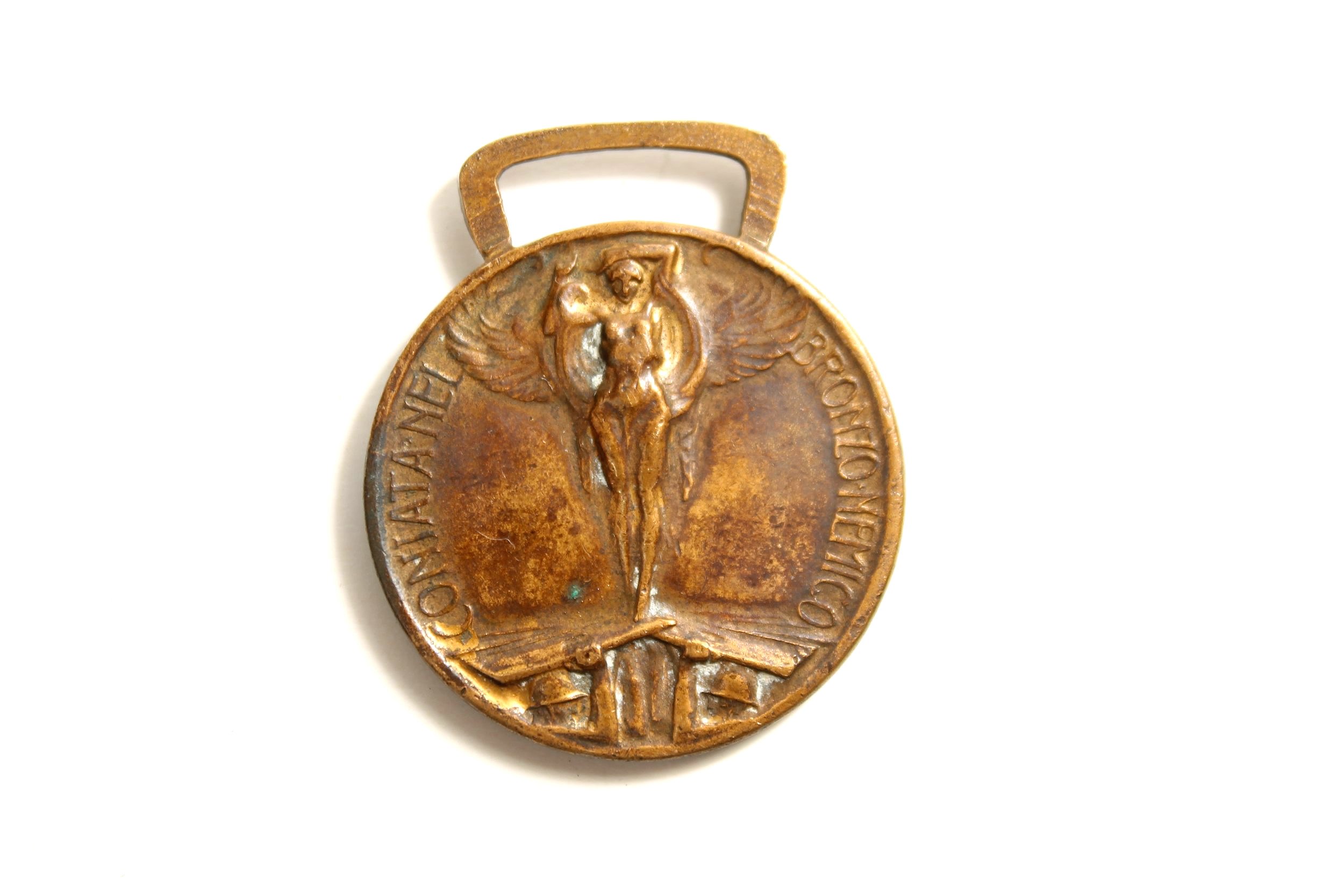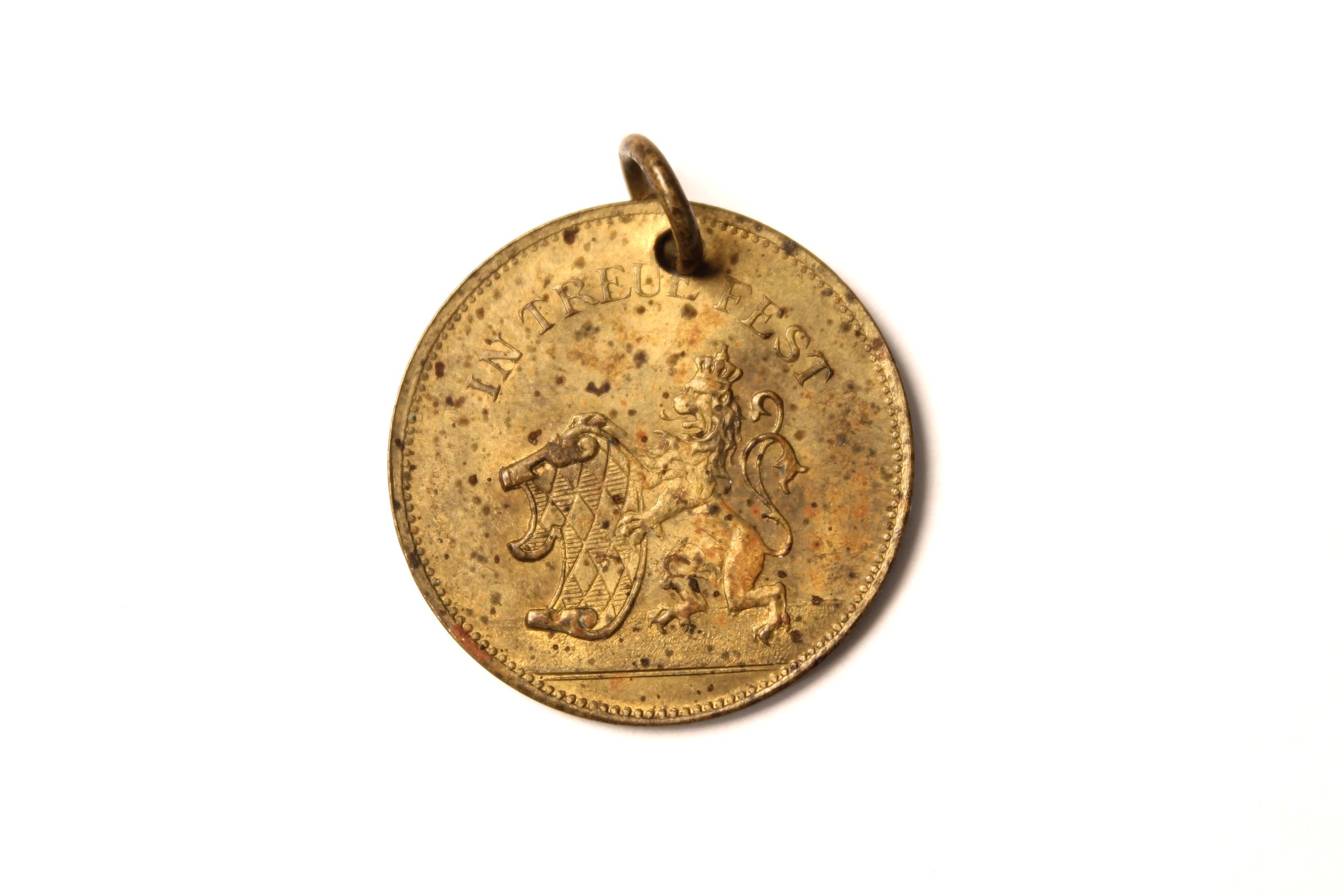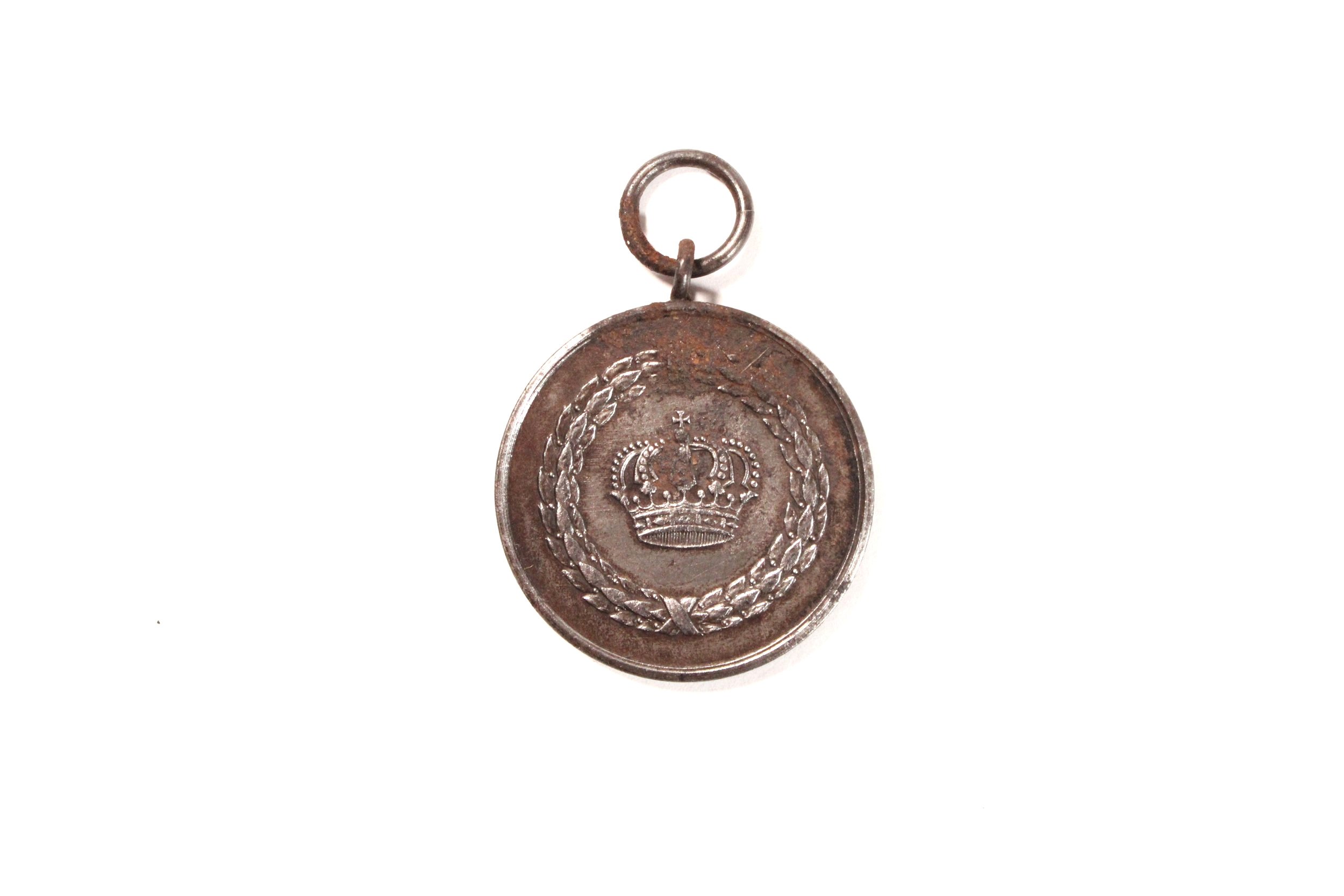 Image 1 of 5
Image 1 of 5

 Image 2 of 5
Image 2 of 5

 Image 3 of 5
Image 3 of 5

 Image 4 of 5
Image 4 of 5

 Image 5 of 5
Image 5 of 5






Original WW1 German "Mecklenburg-Schwerin Militärverdienstkreuz 2nd Class 1914" Für Auszeichnung im Kriege
(Militärverdienstkreuz). A gilded bronze cross pattée, the obverse center presents the initials FF for Friedrich Franz, with the imperial crown on the twelve o’clock arm, the date 1914 on the six o’clock arm, the reverse presents the inscription FÜR AUSZEICHNUNG IM KRIEG (FOR AWARD IN THE WAR).
The Military Merit Cross (Militärverdienstkreuz) was established by Friedrich Franz II, Grand Duke of Mecklenburg-Schwerin on August 5, 1848. Mecklenburg-Schwerin, a grand duchy located in northern Germany, was a member of the German Confederation and later the German Empire.
In several respects, Mecklenburg-Schwerin's Military Merit Cross was patterned after the Prussian Iron Cross. Both came in two classes, a pinback 1st Class and a 2nd Class worn from a ribbon, both were awarded without regard to rank (most other orders and medals of both states were awarded in different classes based on the rank or status of the recipient), and both were awarded for specific campaigns, as indicated by a date on the bottom arm of the cross. However, there were more versions of the Mecklenburg cross than of the Prussian cross (which was only awarded by Prussia in the Napoleonic Wars, the Franco-Prussian War and World War I, and by Nazi Germany in World War II).
(Militärverdienstkreuz). A gilded bronze cross pattée, the obverse center presents the initials FF for Friedrich Franz, with the imperial crown on the twelve o’clock arm, the date 1914 on the six o’clock arm, the reverse presents the inscription FÜR AUSZEICHNUNG IM KRIEG (FOR AWARD IN THE WAR).
The Military Merit Cross (Militärverdienstkreuz) was established by Friedrich Franz II, Grand Duke of Mecklenburg-Schwerin on August 5, 1848. Mecklenburg-Schwerin, a grand duchy located in northern Germany, was a member of the German Confederation and later the German Empire.
In several respects, Mecklenburg-Schwerin's Military Merit Cross was patterned after the Prussian Iron Cross. Both came in two classes, a pinback 1st Class and a 2nd Class worn from a ribbon, both were awarded without regard to rank (most other orders and medals of both states were awarded in different classes based on the rank or status of the recipient), and both were awarded for specific campaigns, as indicated by a date on the bottom arm of the cross. However, there were more versions of the Mecklenburg cross than of the Prussian cross (which was only awarded by Prussia in the Napoleonic Wars, the Franco-Prussian War and World War I, and by Nazi Germany in World War II).
(Militärverdienstkreuz). A gilded bronze cross pattée, the obverse center presents the initials FF for Friedrich Franz, with the imperial crown on the twelve o’clock arm, the date 1914 on the six o’clock arm, the reverse presents the inscription FÜR AUSZEICHNUNG IM KRIEG (FOR AWARD IN THE WAR).
The Military Merit Cross (Militärverdienstkreuz) was established by Friedrich Franz II, Grand Duke of Mecklenburg-Schwerin on August 5, 1848. Mecklenburg-Schwerin, a grand duchy located in northern Germany, was a member of the German Confederation and later the German Empire.
In several respects, Mecklenburg-Schwerin's Military Merit Cross was patterned after the Prussian Iron Cross. Both came in two classes, a pinback 1st Class and a 2nd Class worn from a ribbon, both were awarded without regard to rank (most other orders and medals of both states were awarded in different classes based on the rank or status of the recipient), and both were awarded for specific campaigns, as indicated by a date on the bottom arm of the cross. However, there were more versions of the Mecklenburg cross than of the Prussian cross (which was only awarded by Prussia in the Napoleonic Wars, the Franco-Prussian War and World War I, and by Nazi Germany in World War II).

